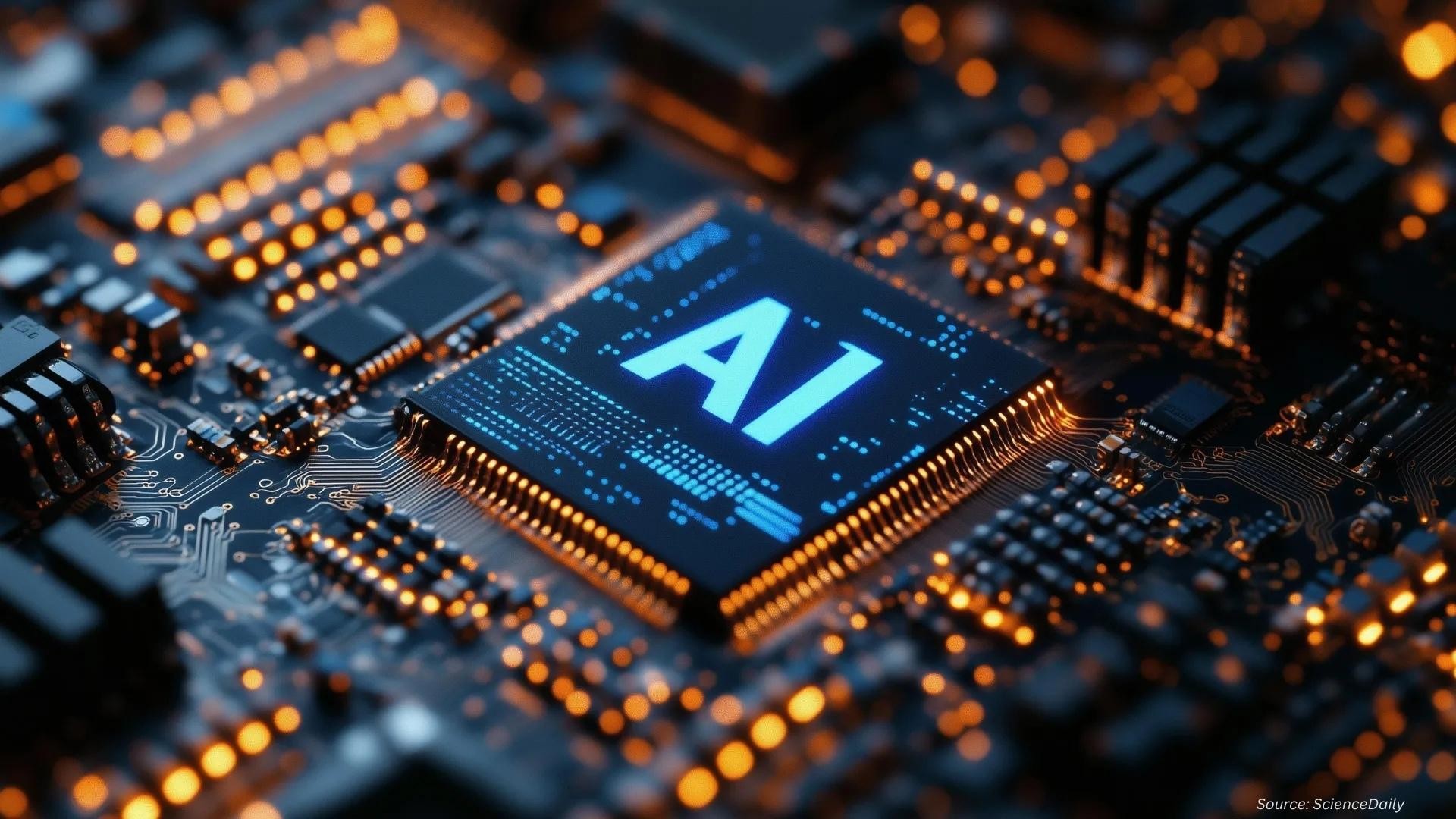
Artificial Intelligence Edge Device Market by Process (Inference and Training), by Component (Hardware, Software, and Services), by Processors (CPU, GPU, ASIC, and Others), by Devices (Robots, Smart Mirror, Wearables, Smartphones Smart Speakers, Cameras, and Automotive), by Organization Size (Large Enterprises, Small Enterprises, and Medium Sized Enterprises), by Power Consumption (Less than 1W, 1-3W, 3-5W, 5-10W, More than 10W) – Global Opportunity Analysis and Industry Forecast 2023 – 2030
Market Definition
The global Artificial Intelligence Edge Device Market size was valued at USD 3.01 billion in 2022, and is predicted to reach USD 13.21 billion by 2030 with a CAGR of 20.3% from 2023 to 2030. Artificial Intelligence (AI) edge device is a set of equipment that is used to process and power AI-based robots and other devices. These devices and equipment are used to integrate and improve the processing of AI devices by processing data in the device itself.
AI edge device can process a large amount of data in a short span of time. It also has sensors and other required elements used for data processing. In addition, AI edge devices place computing infrastructure closer to the source of incoming data to systems and enable users to make data-driven choices in real time. It has various advantages that include speed & performance, better security, scalability & reliability, better data management, and privacy.
Market Dynamics and Trends
Introduction of industry 4.0, which uses smart machines equipped with artificial intelligence (AI) that provide greater efficiencies and reduced downtime in the manufacturing process boost the artificial intelligence edge device market growth. For instance, In June 2021, AI based giants including Intel, EXOR International, JMA Wireless, and Telecom Italia collaborated to demonstrate benefits of on-premise 5G private network alongside artificial intelligence and build an end-to-end smart factory in Verona, Italy. The smart factory includes an on-premise 5G lab to demonstrate how manufacturers can build private networks and integrate with existing solutions to deliver business value.
In addition, higher adoption of AI CCTV cameras that are embedded with artificial intelligence (AI) technology, owing to growth in terrorist activities that have compelled government authorities to opt for AI CCTV cameras for surveillance purposes, is expected to support growth of the artificial intelligence edge device market. However, high power consumption, high investment, and lack of awareness among small and medium size enterprisers are some of the factors that restrain growth of the market.
On the contrary, the introduction of new AI technology incorporating federated deep learning can enhance privacy and security in edge devices. With federated learning, AI training updates occur locally on the edge device, reducing privacy concerns by sharing updates with the cloud instead of the actual data, thus it is expected to create growth opportunities for the ai edge device market in the future.
Market Segmentation and Scope of the Study
The artificial intelligence edge device market share is segmented on the basis of process, component, processors, devices, organization size, power consumption, application, end user, and region. On the basis of process, the market is categorized into inference and training. On the basis of component, it is classified into hardware, software, and services. On the basis of processors, the market is divided into CPU, GPU, ASIC, and others. On the basis devices, it is divided into robots, smart mirror, wearables, smartphones smart speakers, cameras, and automotive.
On the basis of organization size, the market is divided into large enterprises, small enterprises and medium sized enterprises. On the basis of power consumption, the market is divided into less than 1W, 1–3W, 3–5W, 5–10W, and more than 10–W. On the basis of application, it market is divided into industrial IoT, remote monitoring, content delivery, video analytics, and others.
On the basis of end user, the market is segmented into smart home, construction, consumer electronics, automotive & transportation, government, healthcare, industrial, aerospace & defense, robotics, oil & gas, and others. Regional breakdown and analysis of each of the aforesaid segments include North America, Europe, Asia-Pacific, and RoW.
Geographical analysis
North America holds a predominant share of the artificial intelligence edge device market, and is expected to remain dominant during the forecast period. This is attributed to factors such as the high adoption of smart home products, equipped with AI that includes smart speakers such as Amazon Echo and Apple HomePod mini base.
In addition, presence of key manufacturers that are making innovative products of edge AI for use in hospitals are also expected to drive the AI edge market in this region. For instance, in May 2020, Nvidia launched Clara Guardian, which is a smart hospital edge AI system that uses sensors to limit spread of infectious diseases and deliver things such as operating room analytics and workflow automation. Clara Guardian uses real-time computer vision for social distancing surveillance and it helps in assisting contactless patient monitoring.
On the other hand, Asia-Pacific is expected to show a steady rise in the AI edge market, owing to the introduction of artificial intelligence drone mothership and UAV drones that will be able to operate during military attacks in the country present in the region are expected to drive the artificial intelligence edge device market growth in this region.
For instance, in May 2022, in June 2022, China announced the launch of Zhu Hai Yun, is the world's first crewless drone carrier that uses artificial intelligence to navigate autonomously in open water. The ship is around 45 feet wide, 20 feet deep and 290 feet long and it is capable of carrying dozens of air, sea, and submersible drones.
Also, in January 2022, Aiseed, a Taiwan-based drone company partnered with Japan's accelerator program to introduce its edge AI-powered drone for driving innovation in the Japanese government and enterprise sectors. These advanced drones, capable of operating in both multi-rotor and fixed-wing modes can achieve speeds of 50-60mph and fly for up to 30 minutes, depending on the situation.
Competitive Landscape
The artificial intelligence edge device industry comprises various market players such as Intel Corporation,Huawei Technologies Co. Ltd.,Microsoft Corporation,MediaTek Inc.,NVIDIA Corporation,International Business Machines Corporation (IBM),Mythic, Inc.,Alphabet Inc.,Amazon Web Services, Inc.,Imagination Technologies Limited and others. These market players are adopting various innovations across various regions to maintain their dominance in the artificial intelligence edge device market.
For instances, in March 2022, NVIDIA Corporation had announced the production of its NVIDIA DRIVE Orin autonomous vehicle computer. The platform unveiled the next generation of its NVIDIA DRIVE Hyperion architecture. This solution will serve as the central nervous system and AI brain for new energy vehicles.
Moreover, in December 2021, Huawei Technologies Co., Ltd launched Huawei Cloud as one of the first cooperative co-construction units that has integrated edge computing with a satellite computing platform, allowing the satellite to have artificial intelligence (AI) capability and multitasking ability.
Key Benefits
-
The report provides quantitative analysis and estimations of the artificial intelligence edge device market from 2023 to 2030, which assists in identifying the prevailing market opportunities.
-
The study comprises a deep-dive analysis of the artificial intelligence edge device market including the current and future trends to depict prevalent investment pockets in the industry.
-
Information related to key drivers, restraints, and opportunities and their impact on the artificial intelligence edge device market is provided in the report.
-
Competitive analysis of the players, along with their market share is provided in the report.
-
SWOT analysis and Porter's Five Forces model is elaborated on in the study.
-
Value chain analysis in the market study provides a clear picture of roles of stakeholders.
Artificial Intelligence Edge Device Market Key Segments
By Process
-
Interface
-
Training
By Component
-
Hardware
-
Software
-
Services
By Processor
-
CPU
-
GPU
-
ASIC
-
Others
By Devices
-
Robots
-
Smart Mirror
-
Wearables
-
Smartphones Smart Speakers
-
Cameras
-
Automotive
By Organization Size
-
Large Enterprises
-
Small Enterprises
-
Medium Sized Enterprises
By Power Consumption
-
Less than 1W, 13W, 3-5W, 5-10W
-
More than 10W
By Application
-
Industrial IoT
-
Remote Monitoring
-
Content Delivery
-
Video Analytics
-
Others
By End User
-
Smart home
-
Construction
-
Consumer Electronics
-
Automotive & Transportation
-
Government
-
Healthcare
-
Industrial
-
Aerospace & Defense
-
Robotics
-
Oil & Gas
-
Others
By Region
-
North America
-
U.S
-
Canada
-
Mexico
-
-
Europe
-
U.K
-
Germany
-
France
-
Italy
-
Spain
-
Denmark
-
Netherlands
-
Finland
-
Sweden
-
Norway
-
Russia
-
Rest of Europe
-
-
Asia-Pacific
-
China
-
Japan
-
India
-
South Korea
-
Australia
-
Indonesia
-
Singapore
-
Taiwan
-
Thailand
-
Rest of Asia-Pacific
-
-
RoW
-
Latin America
-
Middle East
-
Africa
-
Key Players
-
Intel Corporation
-
Huawei Technologies Co. Ltd.
-
Microsoft Corporation
-
MediaTek Inc.
-
NVIDIA Corporation
-
International Business Machines Corporation (IBM)
-
Mythic, Inc.
-
Alphabet Inc.
-
Amazon Web Services, Inc.
-
Imagination Technologies Limited




















 Speak to Our Analyst
Speak to Our Analyst

























